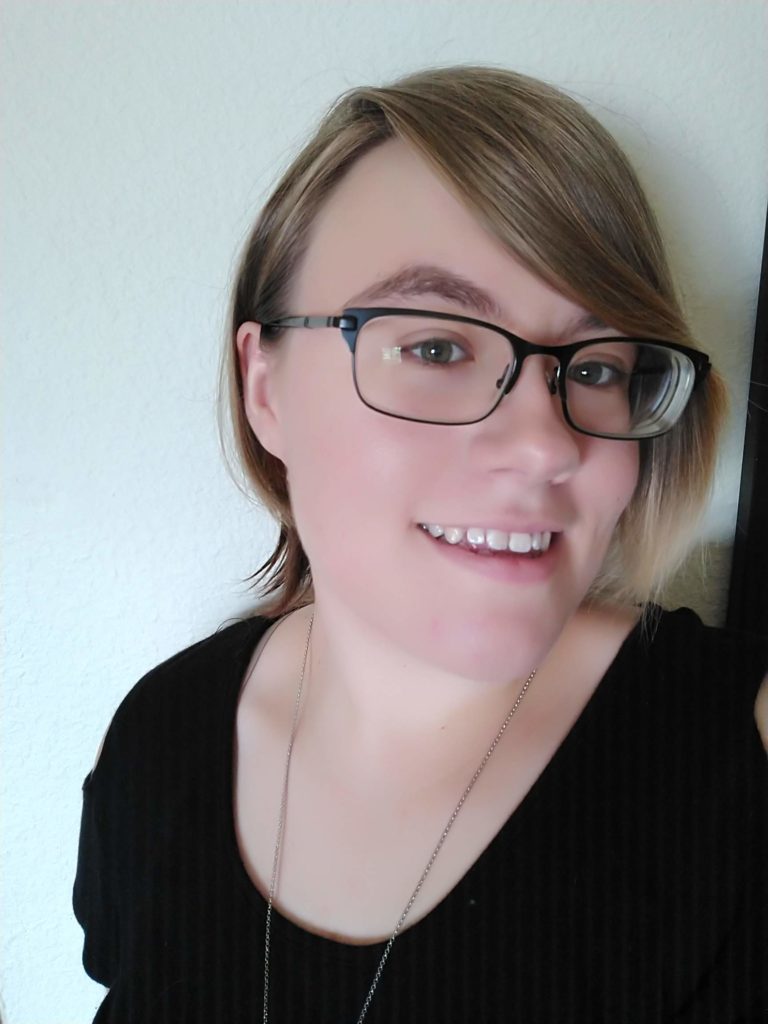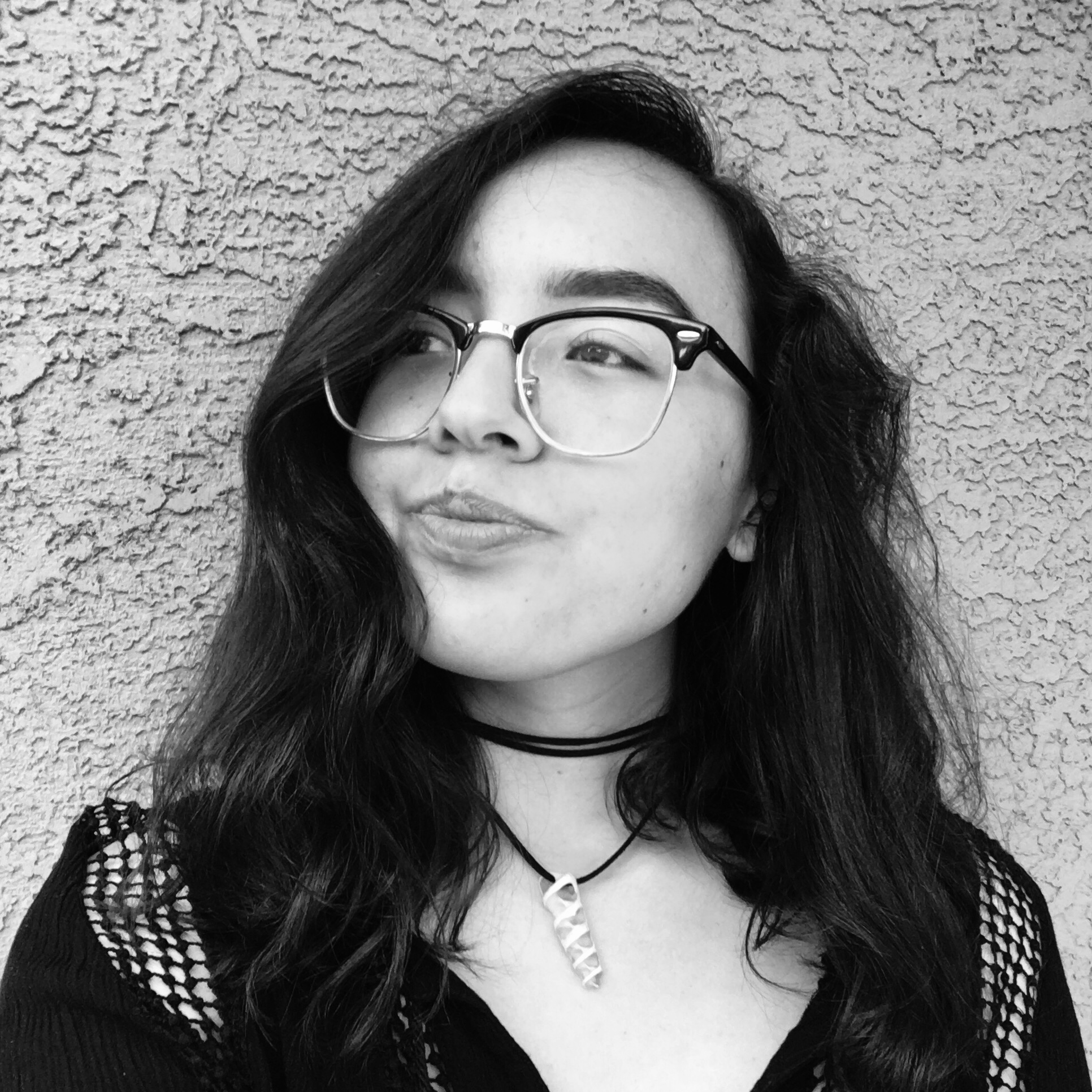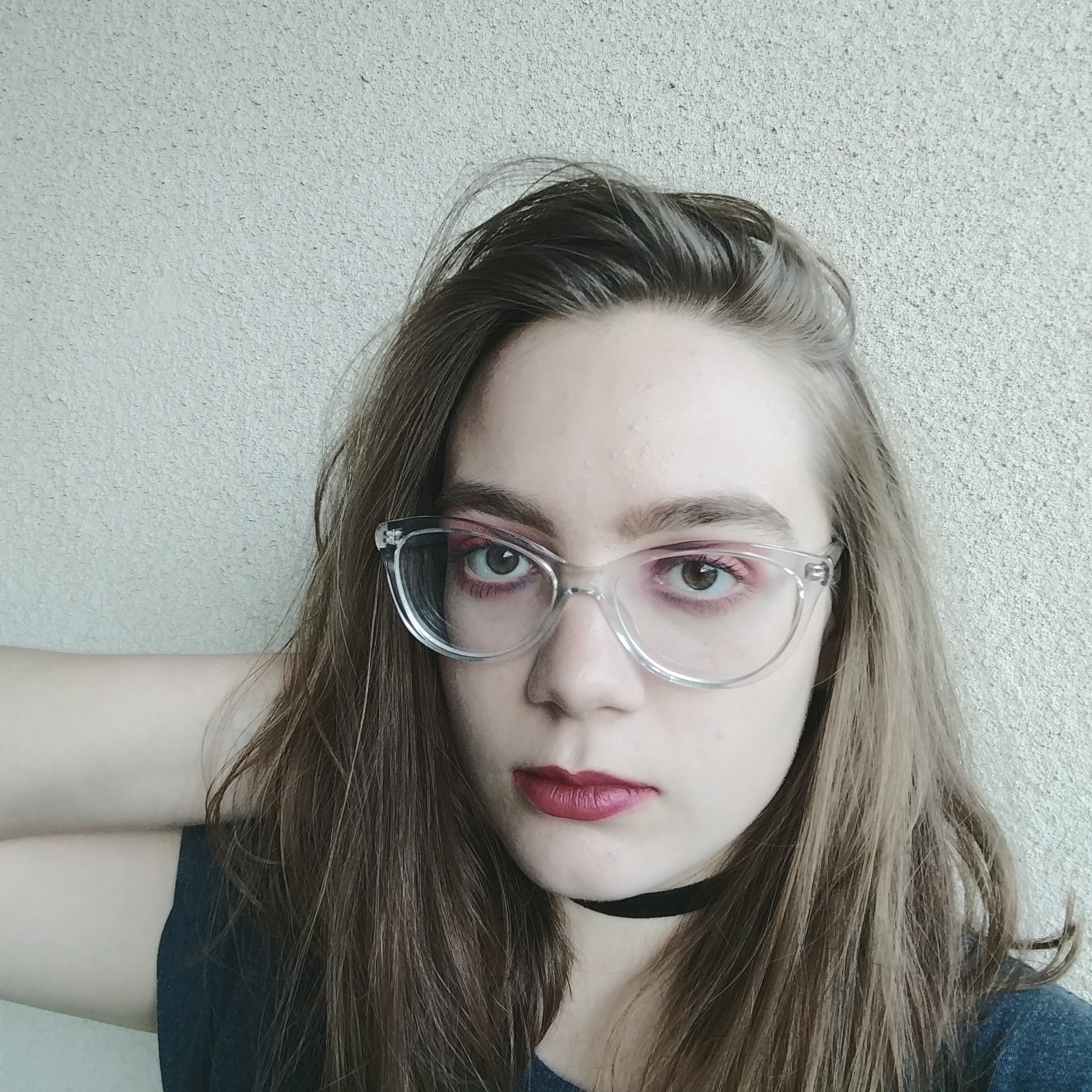
More than anything, it has been Superstition Review’s mission to bring gorgeous literature into the world, spectacular art from all over the planet, poetry that sings to you, and essays that speak their personal truth. We’ve been doing this since 2008 and will continue to do so well into the future.
We are, much like a lot of literary magazines, in a position to publish, but we’re also given the opportunity to be a lot of ASU students’ introduction to the world of literature. We’ve been thinking lately about what it means to cultivate this community with our interns and trainees. How do we set them on a path to go out into the world with vigor and ferocious kindness? The answer has always been there, lurking in the very heart of what we do: connection. It is through connection with the people writing and the people behind the scenes working tirelessly, often for little or no pay, to produce magazines because they love what they do.
Then, we must ask how to we lead our interns to connect with other people. Social media has its problems, but it’s also an unprecedented means to interact with a global community, with people who share interests and passions, the people who breathe the very life into the the thriving literary organism it is today. And in the spirit of this connection, we want to dedicate a week to showing our interns and trainees the beauty of kindness and connection.
Starting on Sept. 30th and ending on Oct. 7th we’ll be introducing the hashtag #LitMagPartyline. This is in celebration of the way technology has continually advanced with the very goal of connecting us to one another. We want to make a party line on Twitter, which our interns and trainees will use to amplify work that speaks to them and share a line, a phrase, an image from a poem or essay or story or a work of art. We’ll ask that they tag the magazine and share what it means to them. We want our interns and trainees to relish in the joy of telling these hard-working writers, poets, essayists, editors, readers, and artists that their work is valuable, that what they do reaches far and wide.
But there’s more! We want everyone to join in. Please, please, please join in! When you see the @SuperstitionRev thread, share with us and our students a piece of something special to you. And remember to use #LitMagPartyline. Let’s all take this week to and come together to bring unfettered joy into the world. Let’s show everyone that positivity wins.







 Bio: Jaime Faulkner is a junior at Arizona State University majoring in Communication. She is currently the Nonfiction Editor for Superstition Review, as well as a volunteer editor with Four Chambers Press. Upon graduation, she hopes to work in publishing as an editor and author.
Bio: Jaime Faulkner is a junior at Arizona State University majoring in Communication. She is currently the Nonfiction Editor for Superstition Review, as well as a volunteer editor with Four Chambers Press. Upon graduation, she hopes to work in publishing as an editor and author. Bio: Megan Bromley is the student Poetry Editor for Superstition Review’s 20th issue. She is a junior studying Creative Writing and Astrobiology, and is also active in the marching band as a piccolo player. She enjoys all things chaotic and/or musical.
Bio: Megan Bromley is the student Poetry Editor for Superstition Review’s 20th issue. She is a junior studying Creative Writing and Astrobiology, and is also active in the marching band as a piccolo player. She enjoys all things chaotic and/or musical.